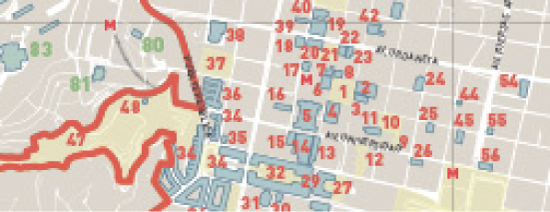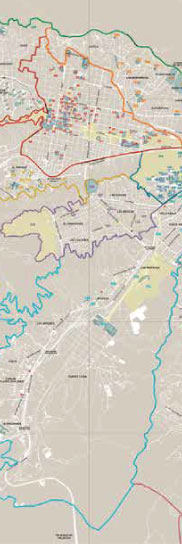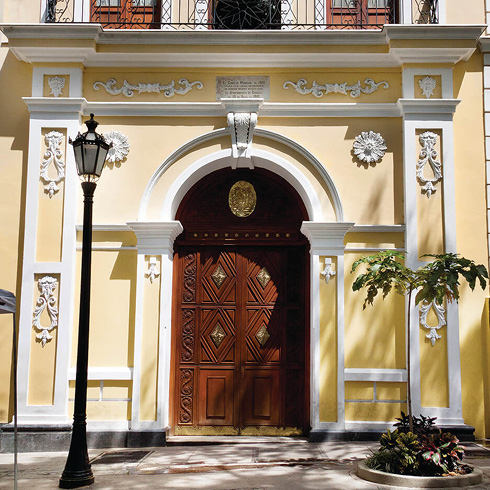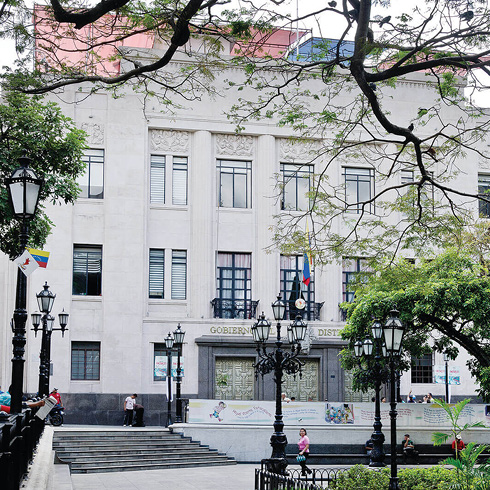DDN
Innovative construction methods were used in the Principal Theater, which opened in 1931. The steel structure dimensioned by Trucson Steel Company and the first cantilever entirely assembled on site, fostered the advancement of the construction industry. The building, for 760 spectators, shows a contradiction between its modern construction system and its historical appearance. Its formal composition consists of a base, a main body and a cornice. This typical nineteenth century architectural style is characterized by formal insistence on the use of openings, columns, arcades and galleries, concealing the construction’s actual expression. The design accentuates its corner location with a curve that is the building’s greatest height, and a marquee that marks the access to the building. Its floor plan is resolved from an axis that highlights the corner’s relationship with the center of Plaza Bolívar. The theater, remodeled in the fifties, lost many of its Art Deco details designed by Wallis together with French architects Pierre Lahalle and Georges Levard. The build-ing, modified, abandoned and closed, had a serious fire in the nineties. It was restored, and reopened in 2011. This theater, in which Carlos Gardel gave his last performance before his tragic death, is currently the seat of the Caracas Marching Band.

DV






